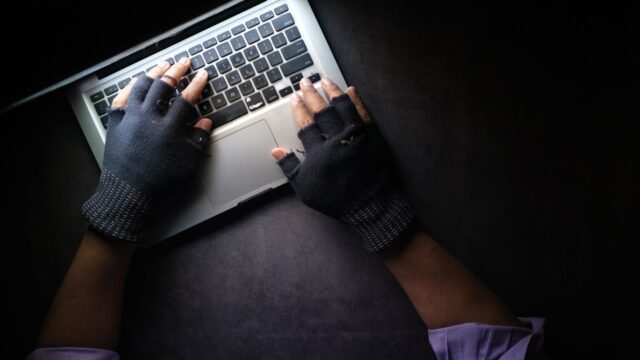
What is painting the tape and how does it work
When it comes to investments, there’s always the risk of manipulation. One type of manipulation that commonly occurs is painting the tape. This is when trading activity is artificially generated in order to create the false impression of market momentum in a particular direction. For example, let’s say a group of traders wants to drive up the price of a stock so they can sell it at a higher price.
They might place a series of buy orders close to each other, creating the illusion of strong demand and causing the price to rise. Once the price reaches their desired level, they’ll then sell their shares, pocketing the profits. While painting the tape can be difficult to detect, there are some telltale signs, such as rapid price movements in small amounts of time or unusual trading activity in relation to the overall volume. If you suspect that painting the tape is occurring, it’s best to do your own research before making any investment decisions.
Why is it illegal
Painting the Tape is illegal because it creates an artificially high or low price for a security, in order to mislead investors. This kind of activity is also known as “spoofing.” Painting the Tape is typically done by a group of traders working together to buy or sell a security at specific times and prices, in order to create the appearance of heightened activity or interest. By doing this, they hope to lure other investors into buying or selling the security at an artificially inflated price. This type of manipulation can be extremely harmful to the markets, and it puts individual investors at a significant disadvantage. For these reasons, Painting the Tape is strictly prohibited.
Who are some of the biggest perpetrators of this crime
Painting the Tape is a crime that has been perpetrated by some of the biggest banks and financial institutions. The goal of Painting the Tape is to create artificial demand for a security by buying and selling it amongst themselves at artificially high prices. This price manipulation can be used to generate profits for the perpetrators, lure in unsuspecting investors, or artificially prop up the price of a security that is in danger of collapsing. Painting the Tape is a serious crime that can have devastating consequences for the markets and innocent investors. Thankfully, there are many dedicated financial regulators who are working to identify and punish those who engage in this illegal activity.
How can investors protect themselves from becoming victims of painting the tape
To protect themselves from becoming victims of Painting the Tape, investors should be wary of sudden increases or decreases in the price of a security, especially if there is no apparent news or events that would justify such movement. They should also be cautious of brokers who frequently trade small amounts of a particular security and pay close attention to any unusual activity in their own portfolios. By being aware of these signs, investors can help to protect themselves from becoming victims of Painting the Tape.
What should you do if you witness this going on in the market?
If you witness this going on in the market, it is important to report it to the proper authorities. Painting the Tape is illegal and can have serious consequences for those involved, including jail time. In addition, it can harm innocent investors who may purchase the security at an artificially high price and then lose money when the price falls. If you have any information about Painting the Tape, or any other type of securities fraud, you should contact the SEC or another regulator immediately.
Conclusion
Painting the Tape is a practice that is used to manipulate the market by artificially inflating the price of a security. The goal is to create the appearance of increased demand in order to entice other investors to buy into the security, driving up the price even further. While Painting the Tape can be used for legitimate purposes, it can also be used for illegal insider trading. In either case, it is important to be aware of the practice in order to make informed investment decisions.


































